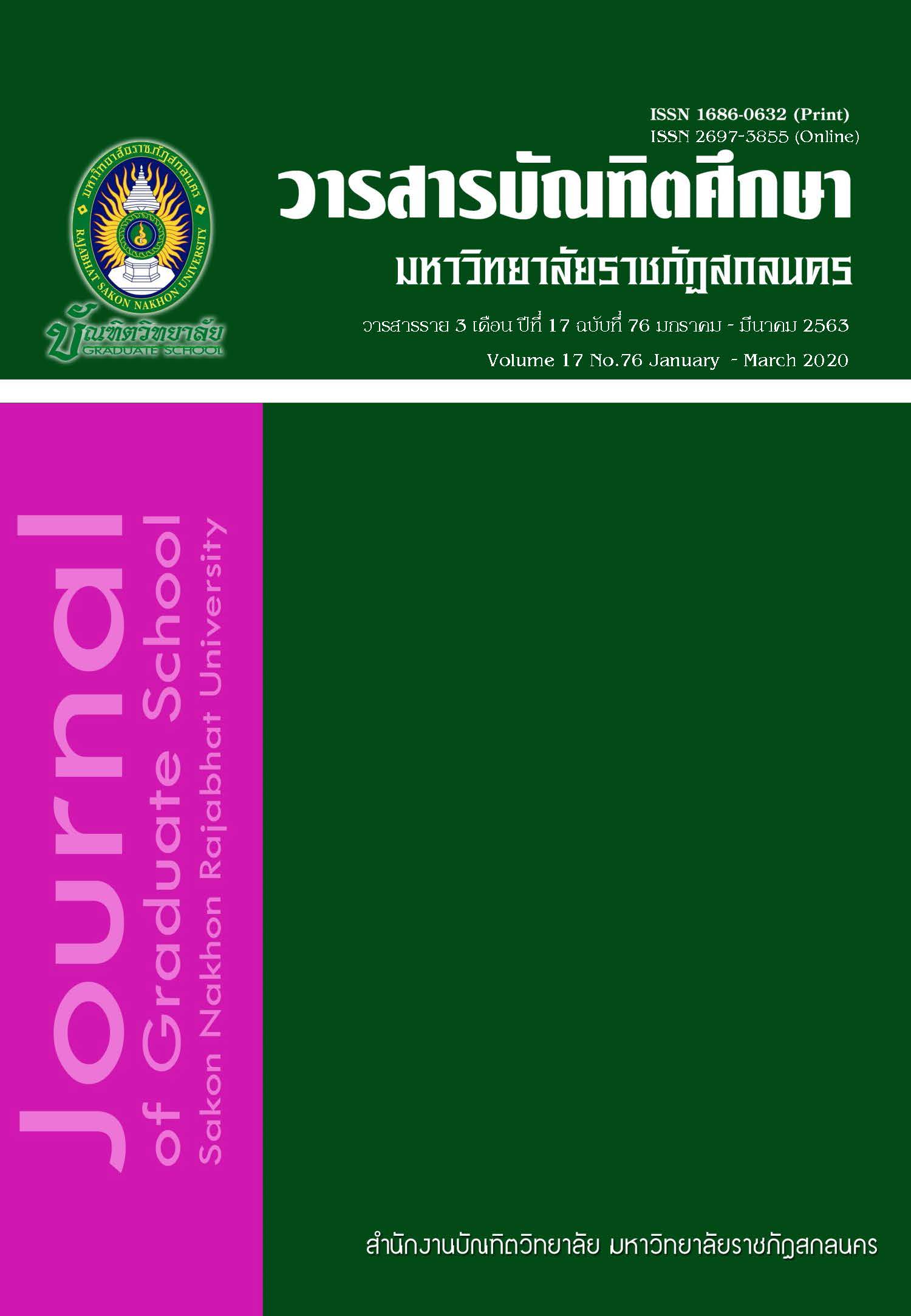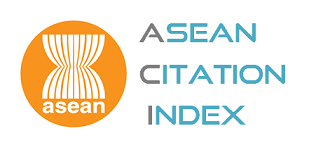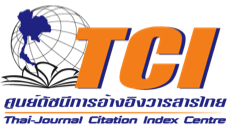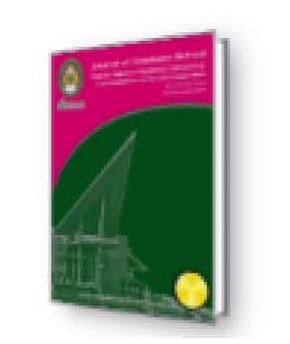การพัฒนาสิ่งแวดล้อมทางการเรียนรู้บนเครือข่ายที่ส่งเสริมการรู้สื่อและสารสนเทศ สำหรับนักเรียนระดับชั้นประถมศึกษา เรื่อง เรียนรู้คอมพิวเตอร์
Keywords:
Learning Environment on Web-Based, Constructivist, media and information literacyAbstract
The purposes of this research were to design and develop the web-based learning environment base, to enhance media literacy skills of students studying through the web-based learning environment base, and to examine the opinions of students studying through the web-based learning environment base to promote media and information literacy. The target group was 20 Prathomsuksa students studying at Ban Raj Damnoen School, Nong Bua Daeng District, Chiayabhum Province. This research embraced the design and development of product and tool research by Richey & Klein (2007), dividing into three phases: Phase I was related to comprehensive design and development project; Phase II concerned specific project phases; and Phase III was a design and development tool. Data collection and analysis were done through quantitative and qualitative approaches. The quantitative data analysis was to examine the students' media and information literacy, while the qualitative data was analyzed to determine the effects after the implementation, and the student opinions toward learning through the developed learning environment.
The findings were as follows:
- The web-based learning environment base consisted of seven components: 1) problem base, 2) learning resources, 3) scaffolding, 4) collaboration, 5) data center, and 6) teacher advice seeking.
- The students achieved media and information literacy at a high level at 74.11 percent, which was in line with the objectives of the research
- The student opinions toward learning through the developed learning environment involved three aspects: 1) design of the learning environment based on the constructivist, 2) learning contents, and 3) learning environment. The appropriate design and support of this developed learning environment offer students’ media and Information literacy, which is one of developing skill sets necessary for the 21st century. The students were also able to disseminate such literacy and to extend learning opportunities
Downloads
Published
How to Cite
Issue
Section
License
บทความทุกบทความที่ตีพิมพ์ในวารสารบัณฑิตศึกษา มหาวิทยาลัยราชภัฏสกลนคร ถือว่าเป็นลิขสิทธิ์ของบัณฑิตวิทยาลัย มหาวิทยาลัยราชภัฏสกลนคร










